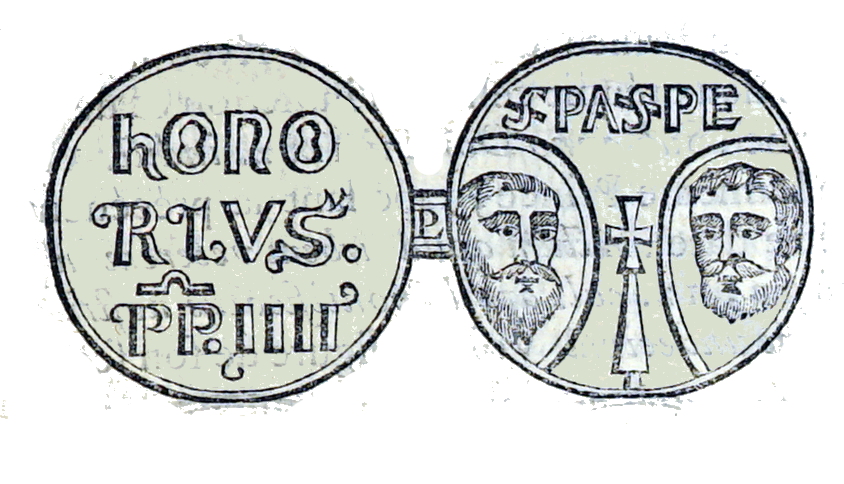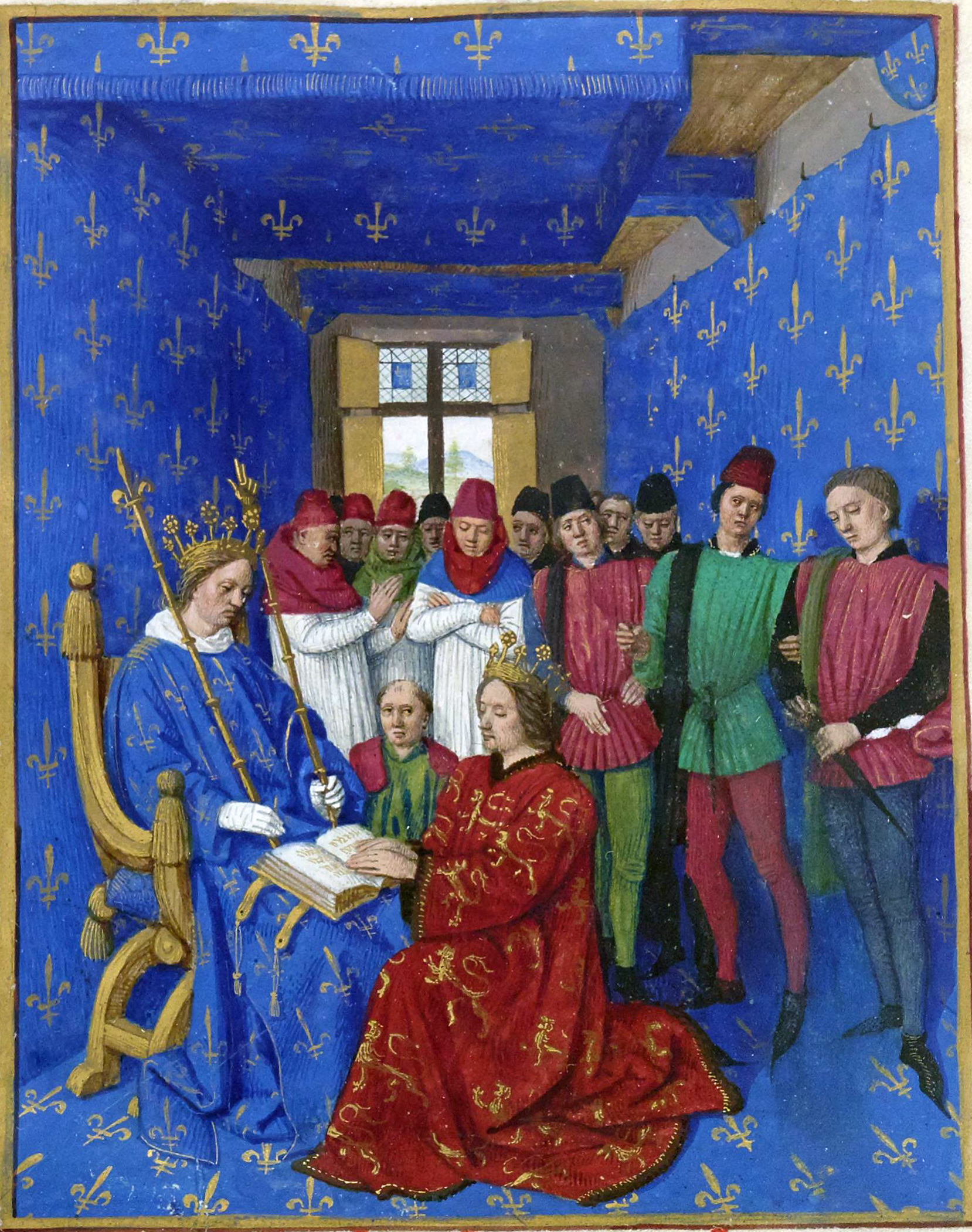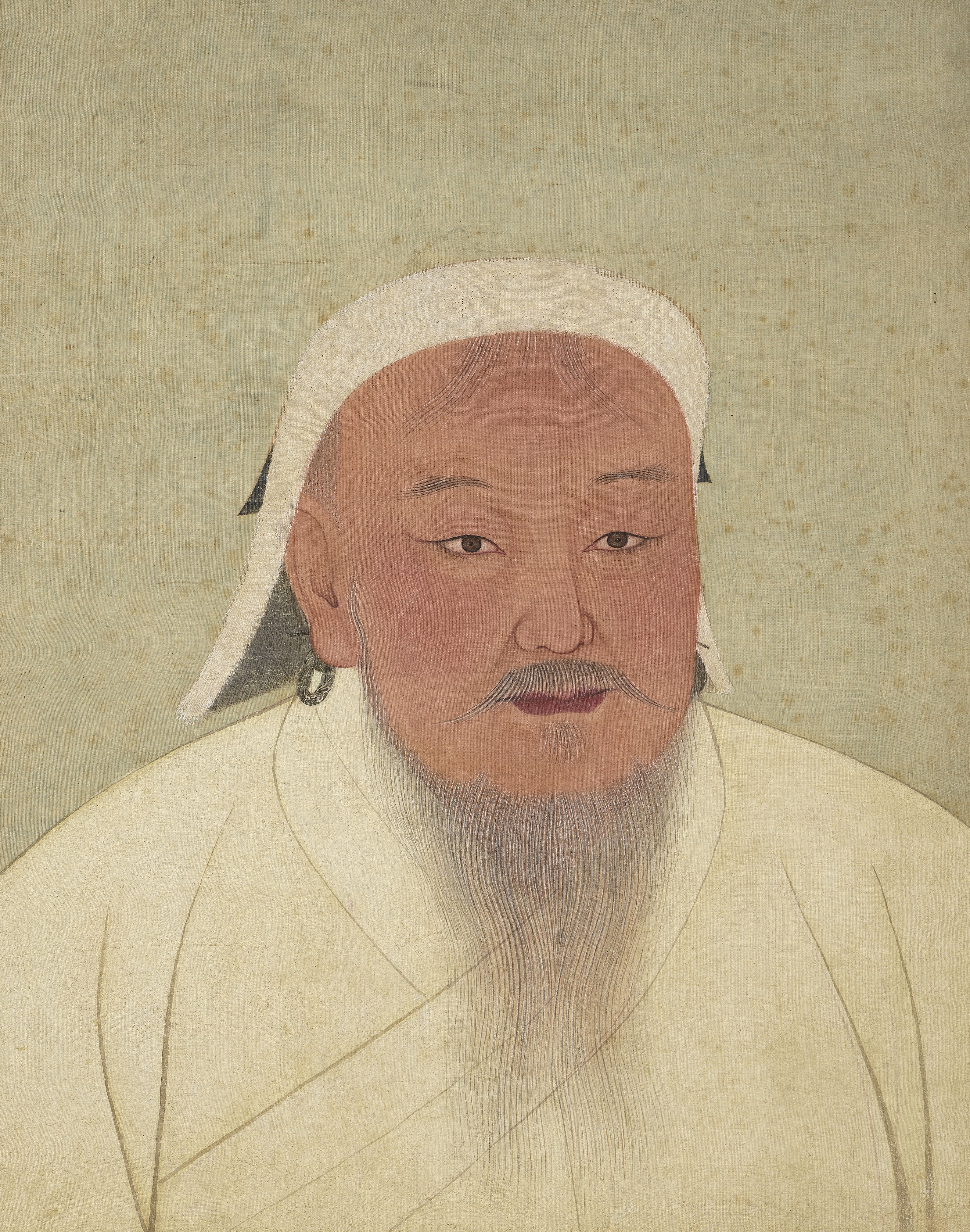|
Pandolfo Savelli
Pandolfo Savelli (died 1306) was a member of the Savelli family, a son of Luca Savelli and brother of Pope Honorius IV. He held the office of ''podestà'' of Viterbo in 1275 and was on several occasions a Roman senator. In 1297 he strove in vain to mediate peace between Pope Boniface VIII and the Colonna The House of Colonna, also known as ''Sciarrillo'' or ''Sciarra'', is an Italian noble family, forming part of the papal nobility. It was powerful in medieval and Renaissance Rome, supplying one pope ( Martin V) and many other church and politi .... ''Dizionario Biografico degli Italiani'', Treccani References {{DEFAULTSORT:Savelli, Pandolfo[...More Info...] [...Related Items...] OR: [Wikipedia] [Google] [Baidu] |
Savelli Family
The House of Savelli (de Sabellis in documents) were a rich and influential Roman aristocratic family who rose to prominence in the 13th century, the youngest is still alive today (1626–2022). History The family, who held the lordship of Palombara Sabina, took their name from the '' rocca'' (castle) of Sabellum, near Albano, which had belonged to the counts of Tusculum before it passed to the Savelli. Early modern genealogies of the Savelli, such as the unpublished manuscript "eulogistic treatise" compiled by Onofrio Panvinio, drew connections to Pope Benedict II, a possible but undocumentable connection, and even to the cognomen Sabellius of Antiquity. They provided at least two popes: Cencio Savelli, Pope Honorius III (1216–1227) and Giacomo Savelli, Honorius IV (1285–1287). His father, Luca Savelli, was a Roman senator and sacked the Lateran in 1234. Luca's decision to side with Emperor Frederick II against Honorius III's successor, Gregory, brought various m ... [...More Info...] [...Related Items...] OR: [Wikipedia] [Google] [Baidu] |
Luca Savelli
Luca Savelli was a Roman senator who in 1234 sacked the Lateran. He was born in 1190, died in 1266, and was married to Vana Aldobrandeschi. Luca's tomb is found at the Santa Maria in Aracoeli "Our Lady of The Heavenly Altar", along with his wife, and his son Giacomo ( Honorius IV). The papal tomb was actually designed for Luca's wife Vana. Another son, Pandolfo, was the ''podestà'' of Viterbo Viterbo (; Viterbese: ; lat-med, Viterbium) is a city and ''comune'' in the Lazio region of central Italy, the capital of the province of Viterbo. It conquered and absorbed the neighboring town of Ferento (see Ferentium) in its early histor ... (1275). Ancient Roman senators 1190 births 1266 deaths {{AncientRome-bio-stub ... [...More Info...] [...Related Items...] OR: [Wikipedia] [Google] [Baidu] |
Pope Honorius IV
Pope Honorius IV (c. 1210 – 3 April 1287), born Giacomo Savelli, was head of the Catholic Church and ruler of the Papal States from 2 April 1285 to his death in 1287. During his pontificate he largely continued to pursue the pro-French political policy of his predecessor, Martin IV. Early career Giacomo Savelli was born in Rome into the rich and influential family of the Savelli. His father was Luca Savelli, who died as Senator of Rome in 1266. His mother Joanna belonged to the Aldobrandeschi family. He studied at the University of Paris, and held a prebend and a canonry at the cathedral of Châlons-sur-Marne. Later he obtained the benefice of rector at the church of Berton in the Diocese of Norwich in England, a nation he never visited. In 1261 he was created Cardinal Deacon of Santa Maria in Cosmedin by Pope Urban IV, who also appointed him papal prefect in Tuscany and captain of the papal army. Cardinal Savelli pursued a diplomatic career. Pope Clement IV sent him ... [...More Info...] [...Related Items...] OR: [Wikipedia] [Google] [Baidu] |
Podestà
Podestà (, English: Potestate, Podesta) was the name given to the holder of the highest civil office in the government of the cities of Central and Northern Italy during the Late Middle Ages. Sometimes, it meant the chief magistrate of a city state, the counterpart to similar positions in other cities that went by other names, e.g. ''rettori'' ("rectors"). In the following centuries up to 1918, the term was used to designate the head of the municipal administration, particularly in the Italian-speaking territories of the Austrian Empire. The title was taken up again during the Fascist regime with the same meaning. The podestà's office, its duration and the residence and the local jurisdiction were called ''podesteria'', especially during the Middle Ages, and in later centuries, more rarely during the fascist regime. Currently, ''podestà'' is the title of mayors in Italian-speaking municipalities of Graubünden in Switzerland, but is not the case for the rest of the C ... [...More Info...] [...Related Items...] OR: [Wikipedia] [Google] [Baidu] |
Viterbo
Viterbo (; Viterbese: ; lat-med, Viterbium) is a city and ''comune'' in the Lazio region of central Italy, the capital of the province of Viterbo. It conquered and absorbed the neighboring town of Ferento (see Ferentium) in its early history. It is approximately north of GRA (Rome) on the Via Cassia, and it is surrounded by the Monti Cimini and Monti Volsini. The historic center of the city is surrounded by medieval walls, still intact, built during the 11th and 12th centuries. Entrance to the walled center of the city is through ancient gates. Apart from agriculture, the main resources of Viterbo's area are pottery, marble, and wood. The town is home to the Italian gold reserves, an important Academy of Fine Arts, the University of Tuscia, and the Italian Army's Aviation Command headquarters and training centre. It is located in a wide thermal area, attracting many tourists from the whole of central Italy. History The first report of the new city dates to the eighth cen ... [...More Info...] [...Related Items...] OR: [Wikipedia] [Google] [Baidu] |
Roman Senate
The Roman Senate ( la, Senātus Rōmānus) was a governing and advisory assembly in ancient Rome. It was one of the most enduring institutions in Roman history, being established in the first days of the city of Rome (traditionally founded in 753 BC). It survived the overthrow of the Roman monarchy in 509 BC; the fall of the Roman Republic in the 1st century BC; the division of the Roman Empire in AD 395; and the fall of the Western Roman Empire in 476; Justinian's attempted reconquest of the west in the 6th century, and lasted well into the Eastern Roman Empire's history. During the days of the Roman Kingdom, most of the time the Senate was little more than an advisory council to the king, but it also elected new Roman kings. The last king of Rome, Lucius Tarquinius Superbus, was overthrown following a coup d'état led by Lucius Junius Brutus, who founded the Roman Republic. During the early Republic, the Senate was politically weak, while the various executive magistr ... [...More Info...] [...Related Items...] OR: [Wikipedia] [Google] [Baidu] |
Pope Boniface VIII
Pope Boniface VIII ( la, Bonifatius PP. VIII; born Benedetto Caetani, c. 1230 – 11 October 1303) was the head of the Catholic Church and ruler of the Papal States from 24 December 1294 to his death in 1303. The Caetani family was of baronial origin, with connections to the papacy. He succeeded Pope Celestine V, who had abdicated from the papal throne. Boniface spent his early career abroad in diplomatic roles. Boniface VIII put forward some of the strongest claims of any pope to temporal as well as spiritual power. He involved himself often with foreign affairs, including in France, Sicily, Italy and the First War of Scottish Independence. These views, and his chronic intervention in "temporal" affairs, led to many bitter quarrels with Albert I of Germany, Philip IV of France, and Dante Alighieri, who placed the pope in the Eighth Circle of Hell in his '' Divine Comedy'', among the simoniacs. Boniface systematized canon law by collecting it in a new volume, the ''Lib ... [...More Info...] [...Related Items...] OR: [Wikipedia] [Google] [Baidu] |
Colonna Family
The House of Colonna, also known as ''Sciarrillo'' or ''Sciarra'', is an Italian noble family, forming part of the papal nobility. It was powerful in medieval and Renaissance Rome, supplying one pope ( Martin V) and many other church and political leaders. The family is notable for its bitter feud with the Orsini family over influence in Rome, until it was stopped by papal bull in 1511. In 1571, the heads of both families married nieces of Pope Sixtus V. Thereafter, historians recorded that "no peace had been concluded between the princes of Christendom, in which they had not been included by name". History Origins According to tradition, the Colonna family is a branch of the Counts of Tusculum — by Peter (1099–1151) son of Gregory III, called Peter "de Columna" from his property the Columna Castle in Colonna, in the Alban Hills. Further back, they trace their lineage past the Counts of Tusculum via Lombard and Italo-Roman nobles, merchants, and clergy through the Ear ... [...More Info...] [...Related Items...] OR: [Wikipedia] [Google] [Baidu] |
Italian Politicians
The politics of Italy are conducted through a parliamentary republic with a multi-party system. Italy has been a democratic republic since 2 June 1946, when the monarchy was abolished by popular referendum and a constituent assembly was elected to draft a constitution, which was promulgated on 1 January 1948. Executive power is exercised by the Council of Ministers, which is led by the Prime Minister, officially referred to as "President of the Council" (''Presidente del Consiglio''). Legislative power is vested primarily in the two houses of Parliament and secondarily in the Council of Ministers, which can introduce bills and holds the majority in both houses. The judiciary is independent of the executive and the legislative branches. It is headed by the High Council of the Judiciary, a body presided over by the President, who is the head of state, though this position is separate from all branches. The current president is Sergio Mattarella, and the current prime minister ... [...More Info...] [...Related Items...] OR: [Wikipedia] [Google] [Baidu] |
13th-century Births
The 13th century was the century which lasted from January 1, 1201 ( MCCI) through December 31, 1300 ( MCCC) in accordance with the Julian calendar. The Mongol Empire was founded by Genghis Khan, which stretched from Eastern Asia to Eastern Europe. The conquests of Hulagu Khan and other Mongol invasions changed the course of the Muslim world, most notably the Siege of Baghdad (1258), the destruction of the House of Wisdom and the weakening of the Mamluks and Rums which, according to historians, caused the decline of the Islamic Golden Age. Other Muslim powers such as the Mali Empire and Delhi Sultanate conquered large parts of West Africa and the Indian subcontinent, while Buddhism witnessed a decline through the conquest led by Bakhtiyar Khilji. The Southern Song dynasty would begin the century as a prosperous kingdom but would eventually be invaded and annexed into the Yuan dynasty of the Mongols. The Kamakura Shogunate of Japan would be invaded by the Mongols. Goryeo r ... [...More Info...] [...Related Items...] OR: [Wikipedia] [Google] [Baidu] |





